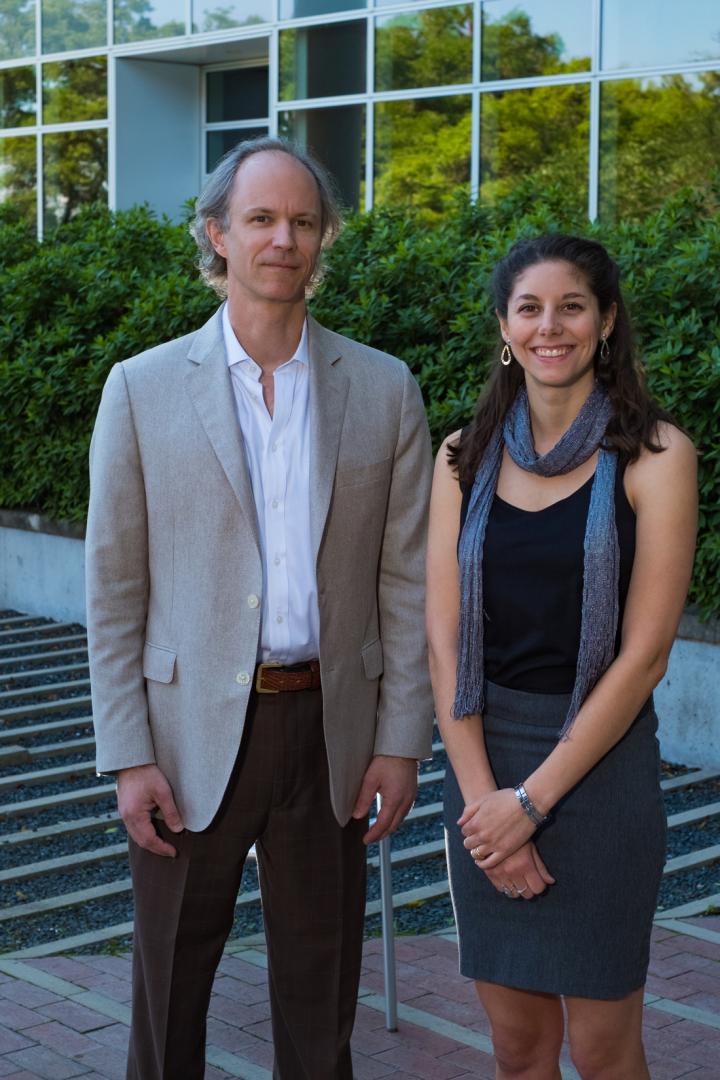Model predicts new H3N2 flu vaccine component will be just as ineffective

For a variety of reasons, including antiquated egg-based production methods, the seasonal influenza vaccine is rarely more than 50% effective, leaving even vaccinated patients potentially vulnerable to one of the world’s biggest infectious disease threats. According to early estimates, this season’s vaccine was just 36% effective overall, and only 25% effective against the predominant strain, H3N2 — an influenza A virus prone to mutation and difficult to target with the vaccine.
Based on research showing that a different H3N2 reference virus performed better against currently circulating strains, WHO recommended switching the H3N2 component of next season’s vaccine. Modeling has shown that even small increases in vaccine effectiveness could prevent more than 1 million influenza-related illnesses each year. But according to researchers, next season’s H3N2 component is unlikely to be better than the one it is replacing.
Using a mathematical model, Michael Deem, PhD, the John W. Cox Professor in Biochemical and Genetic Engineering and professor of physics and astronomy at Rice University, and doctoral student Melia Bonomo, BS, calculated that the new H3N2 strain — an A/Singapore/INFIMH-16-0019/2016-like virus — will perform comparably to this season’s vaccine. The method, called pEpitope, predicted that the average vaccine efficacy of the new H3N2 strain will be 18%, plus or minus 4%.
“The vaccine has been changed for 2018-2019, but unfortunately, it still contains two critical mutations that arise from the egg-based vaccine production process,” Deem said in a news release. "Our study found that these same mutations halved the efficacy of flu vaccines in the past two seasons, and we expect they will lower the efficacy of the next vaccine in a similar manner.”
Developed at Rice over a decade ago, pEpitope works by computing differences in the genetic sequences of influenza virus strains. Deem and Bonomo also used it to accurately predict the effectiveness of the 2016-2017 vaccine within 1% of the observed effectiveness.
According to Deem, pEpitope is a better predictor of vaccine effectiveness than commonly used ferret models, which he said have poorly predicted the negative impact that egg production methods have on vaccine efficacy. WHO’s recommendation for the 2018-2019 H3N2 component was based on experiments using ferret antisera.
"When we look at our model over all data and over the last 10 years, we get the same answer," Deem said. "Whether we use the last 10 years of data or the last 50 years, our theory is very robust." – by Gerard Gallagher
For more information:
CDC. Seasonal influenza vaccine effectiveness, 2005-2018. https://www.cdc.gov/flu/professionals/vaccination/effectiveness-studies.htm. Accessed May 2, 2018.
Disclosures: Bonomo and Deem report no relevant financial disclosures.
